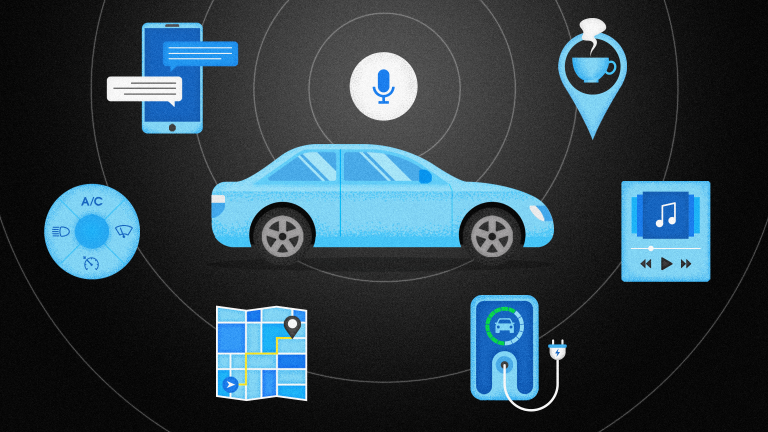Providing each device with a unique wake word makes the interaction even more precise and cognitively similar to talking to individual staff members inside the operating room, asking each to perform specific tasks according to their role. Operating technical equipment with voice commands frees up not only the surgeon, but other practitioners in the room to focus on patient care.
Operations as simple as brightening the light, tilting the table, and adjusting suction and irrigation devices can be initiated faster and without the need to use their hands. To avoid the need to set medical equipment to an individual surgeon’s preferences prior to a procedure, devices can be pre-set for a surgeon’s preferences through speaker ID technologies.
In other applications, doctors can verbally trigger photos to be taken during procedures, such as colonoscopies and label them as they continue the exam. Sensitive devices such as X-rays, MRI machines, CT scanners, and other medical equipment can be operated remotely without requiring the presence of a medical professional in the same room. Portable or hand-held devices can be operated with voice technology, keeping one hand free for other tasks and further reducing the transfer of germs from one patient to the next.
Voice tech in the hospital environment
Hospitals and diagnostic rooms are often noisy places. MRIs give off loud, thumping noises, while other machines whir, hum, and beep constantly in the background. The application for voice-enabled devices in this environment requires the sophistication of voice technology that ensures that voice commands can be heard accurately in noisy environments. In addition, practitioners must feel confident that the device will not “wake up” on its own or allow unauthorized access.
Technological advancements in voice AI have developed technologies that directly address each of these concerns and make embedded voice devices a viable solution:
- Beam Forming
- Echo Cancellation and Noise Reduction (ECNR)
- Custom Wake Words
- Speaker ID
The combination of Bean Forming and ECNR technologies helps to focus the voice assistant on the intended speaker–eliminating false positive triggers—while ignoring a range of background noises at varying distances. Voice technology that doesn’t include these critical features is not well-suited for the hospital environment where inadvertent starting or stopping of devices can have disastrous effects.
Custom Wake Words help to avoid confusion and error in a control room or operating room environment by giving each device its own signal to “wake up” and start operating. Wake phrases, such as “Hey, X-Ray” and “OK CT” make it easy for technicians to communicate to the intended device.
To ensure safety and avoid unauthorized access to equipment, Speaker ID—a technology that is similar to fingerprint recognition involving voice identification—allows devices to recognize a unique user and only respond to voice commands from that person. At the end of the shift, the device can be reset to the next technician or healthcare worker.
Smart hospital rooms
By 2023, 8 billion digital voice assistants will be in use worldwide, nearly doubling current usage—according to Statista Research. The adoption rate is growing with mature audiences who find interacting with devices via their voice is easier than typing and swiping—activities that require good sight and dexterity. These trends indicate that the implementation of smart hospital rooms can help individuals who may not have access or proximity to various devices to better control their own environments, without asking for assistance from already overburdened nurses and nursing aides.









